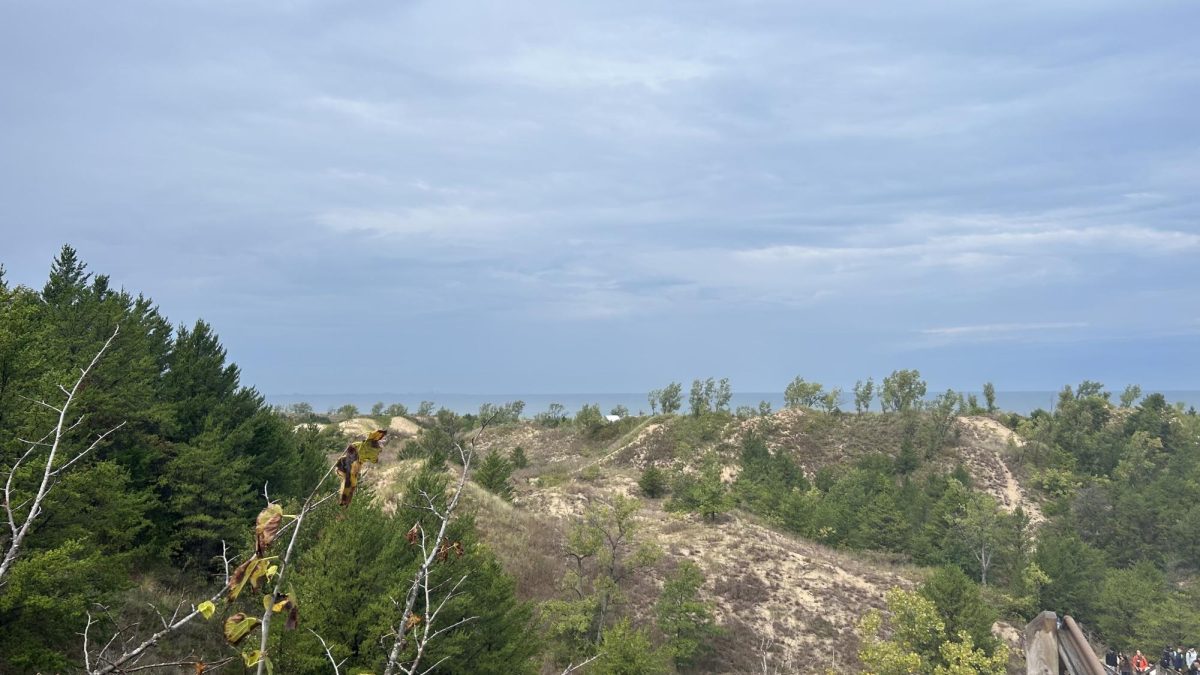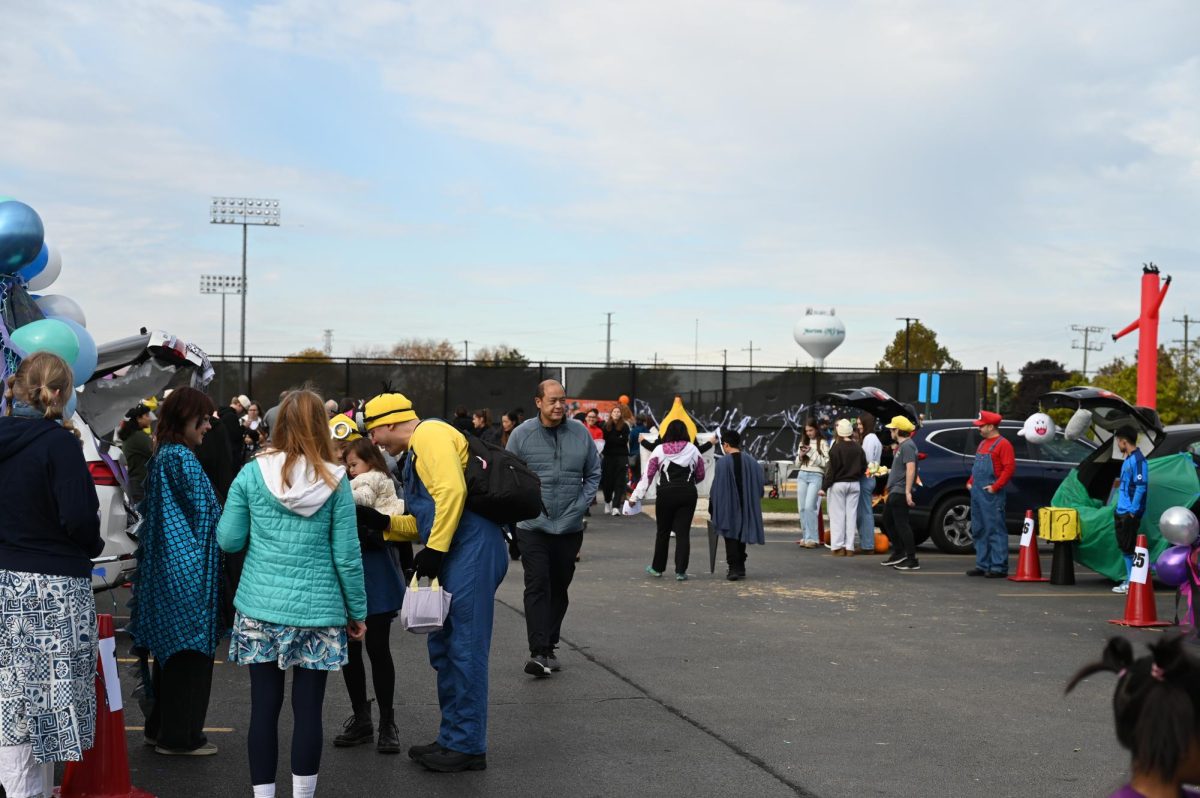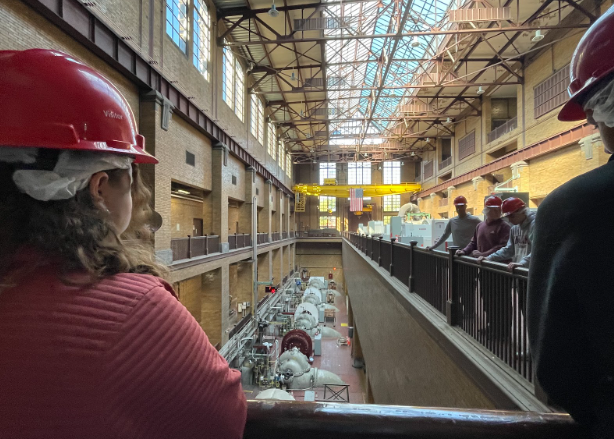All the AP [Advanced Placement] Environmental Science (APES) classes at Niles Week took a field trip on Tuesday, September 19 to the Indiana Dunes National Park as a way to study the material being taught in class in an outdoor setting.
This year was particularly exciting as it coincided with the dunes receiving national park recognition in 2019, transitioning from Indiana Dunes National Lakeshore to Indiana Dunes National Park.
Led by APES teachers Susan Schram and Chris Barnett, this trip has been a cherished tradition. During the trip, students collected valuable data and took pictures which would later be used for classroom discussions and projects.
One of the topics students are asked to collect data on is ecological succession, which is the normally gradual change in species composition in a given terrestrial area or aquatic system.
“This is our 21st year of going to the Indiana Dunes, and it is one of the only places where you can really witness ecological succession in a less than one-mile trail,” Schram said.
Starting at the beach where the trail began, students organized themselves into small groups, allocated roles and determined the kinds of biodiversity they’d need to gather data about. They then proceeded at their own pace along the trail, observing species and utilizing the “Seek” app to identify specific plants or insects.
“We gained hands-on experience with the environment, and it was a nice change of pace from being in the classroom all the time. I also like how Ms. Schram had us download ‘Seek’ beforehand in order to help us identify the things we encountered,” senior Aspaia Kostopoulos said.
Typically, under good weather, students get to witness a lot of different examples of biodiversity that they learned about in the classroom, however, the field trip happened to occur on a rainy day, with a light drizzle throughout the entirety of the hike. Despite the unexpected conditions, students made the most of their field trip and were still able to make connections between ecological succession and human impact on the environment. After a lengthy walk, the students spent the remaining time at the beach doing fun activities like skipping rocks across the water.
“The experience is outside of the four walls of this building and is just more impactful than you would think. One of the things is that the sand that you see along the beaches in Chicago, is not natural. That sand actually comes from the Indiana Dunes. So to make those connections with nature, it’s invaluable,” Schram said.
Due to the two-hour drive, both APES teachers always contemplate the annual trip. Nonetheless, they find the experience highly meaningful, appreciating how it allows students to connect with nature and explore new sights.
“Although the weather was gloomy, we still had a fun trip and were able to collect information on biodiversity and many new things,” junior Anna Baesel said.
Other students also enjoyed the opportunity to have a hands-on learning experience.
“I had a really fun time. It was educational and I liked how we mixed what we learned in class with real-life experiences,” senior Juanita Estrada said.
After a long day of exploration and walking in the cold rain, most students were relieved to return to Niles West.








